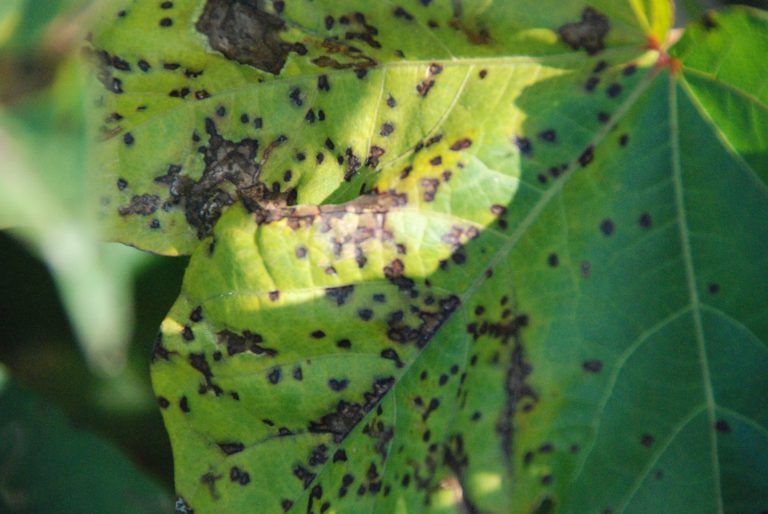Caution: the infamous Leaf Blight
If Microcyclus and Rigidoporus sound like monsters, that’s because they are: herbivorous leaf and tree-eaters with a particular liking for Hevea Braziliensis.


After initially being in either convenient or embarrassed denial, authorities in rubber lands have finally realized, at the eleventh hour, that playing ostrich might be no protection from angry farmers who see their livelihood shrivel or rot. And ‘passing the buck’ in the hope of seeing out their term in office is no longer a temporary option and neither is “monitoring and reviewing the extent of the impact of the disease”: forest fires don’t wait for the fire fighters; they devour and lay waste. Warning that there “could be an outbreak if it is not quickly and appropriately treated’ might be misleading. It’s already broken out. Don’t blame the farmers. Do we have a cure for the common cold? Fertilizer handouts won’t necessarily afford relief.
We’re talking here about the twin threat from, in lay terms, leaf blight and root disease. Each debilitating and destructive. And, like wildfires, hard to stop when the wind’s blowing. Where leaf blight has hit in the past, neither chemical agents, systemic fungicides nor biological control measures have succeeded against invasion. And, so far, cloning doesn’t seem to have been a solution either.
There’s a school of thought that sees better housekeeping as a cure, blaming lack of same on a long run of low prices and lack of fertilization. We’ve seen much lower prices than today’s in the past and the industry wasn’t afflicted. This needs urgent discipline, will-power, the earliest possible detection and tough, often painful decisions. Blame transcontinental airline connections as, historically, leaf blight originated in South America, the Hevea plant’s first home and one of the primary reasons its seeds were migrated (some say stolen) across the globe to the South and S.E. Asian tropics more than a century ago to give them a fresh, and highly successful, start. As we flit around the globe, spores of ill intent ride free and survive short journeys unlike the months that it used to take a steamship or sail to cover the same distance.
It’s easy to say that modern methods should provide the necessary antidotes: judged by some of the world’s finest parklands, plant experts may have been more expert in the past.
Let’s give the ‘attackers’ some perspective on their ‘success’: In rubber’s Brazilian home, Henry Ford’s ambitious ‘Fordlandia’ venture planted 3,200ha with 200,000 trees in 1927, leaf blight destroying them by 1933. In Belterra in 1936, the 6,478ha planted were killed off by 1943. A few years of rest, maybe hoping for nature’s reprieve, until in 1967 a three-step Central Amazonian rubber cultivation development program under the SUDHEVEA banner was launched: 1972–1975 PROBOR 1, 1978–1982 PROBOR 2, 1984–1994 PROBOR 3 (interestingly, a quick glance at these dates indicate roughly six year cycles), the last of the PROBORs cut short in 1986 as about 100,000 of the totally planted 150,000ha had already been devasted. No point in going on.
So, it seems that both initial control and replanting just haven’t worked. Meantime, all fresh planting attempts have failed miserably, disease control measures, so-called selective breeding and agronomical measures likewise.
In the introduction, the twin attackers were accused of being monsters. Even terrorists. If they’re allowed to spread, the national economies of the rubber-producing countries that we all love and that provide us all with a livelihood and the world market with a myriad, often strategic rubber products are under serious siege. To the extent that the UN Office on Drugs and Crime included South American Leaf Blight, or SALB, in a list of biological weapons.
White Root Disease lives on either dead or live root debris for a long time, while causing new infections on healthy plants. It does appear to be controllable with various applications, but expensively so, the overriding factor in its control being early-stage identification and appropriate treatment but, most importantly, vigilance as regular checks are necessary to avoid recurrence.
For sure, the fight against what could ultimately turn out to be a debilitating blow would be substantially helped by higher, more remunerative prices and more fundamental, all-round understanding for and of a strategic material that we might find difficult to replace, no matter how far synthetics advance.
Honey bees are dying of disease, due mostly to attacks from the varroa mite, a bloodsucking parasite causing virus and disease to rapidly spread from bee to bee. The rubber tree’s diseases are also infectious. Spores might not have wings but they still fly.
